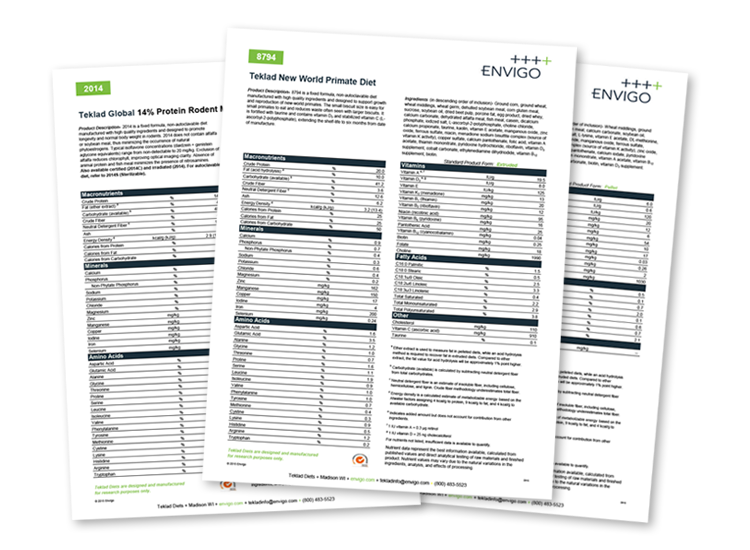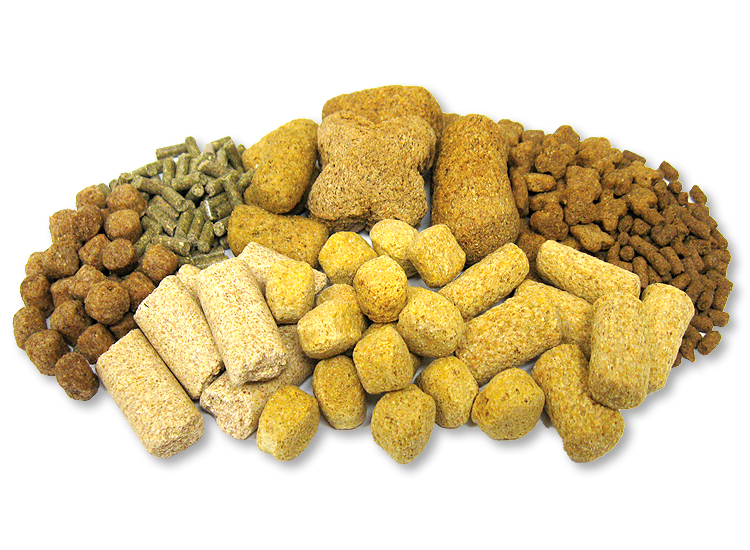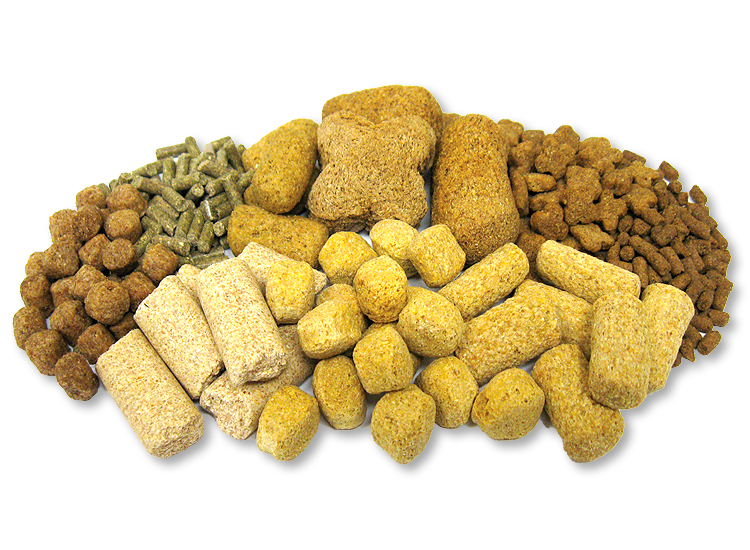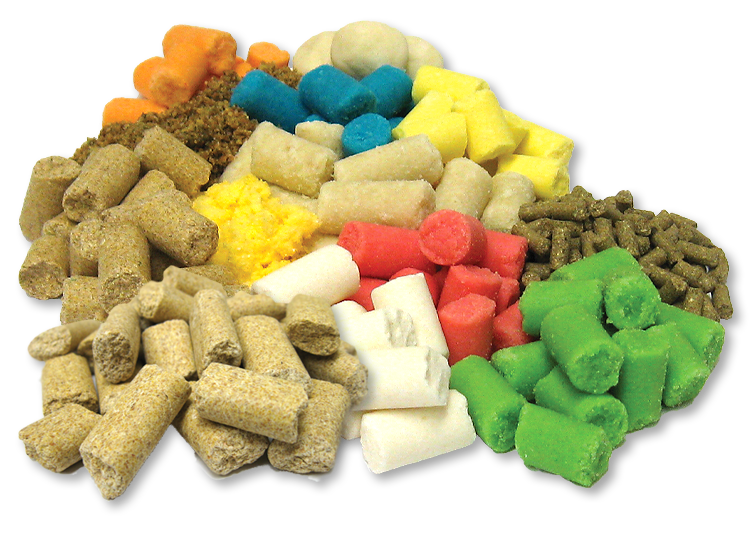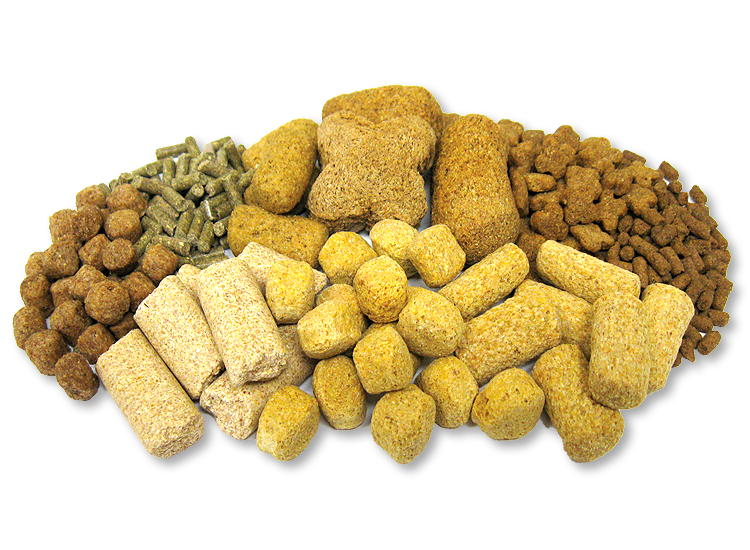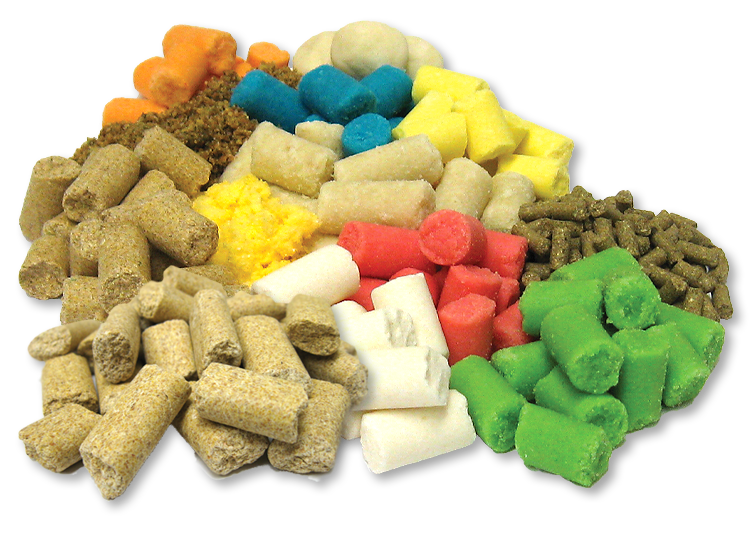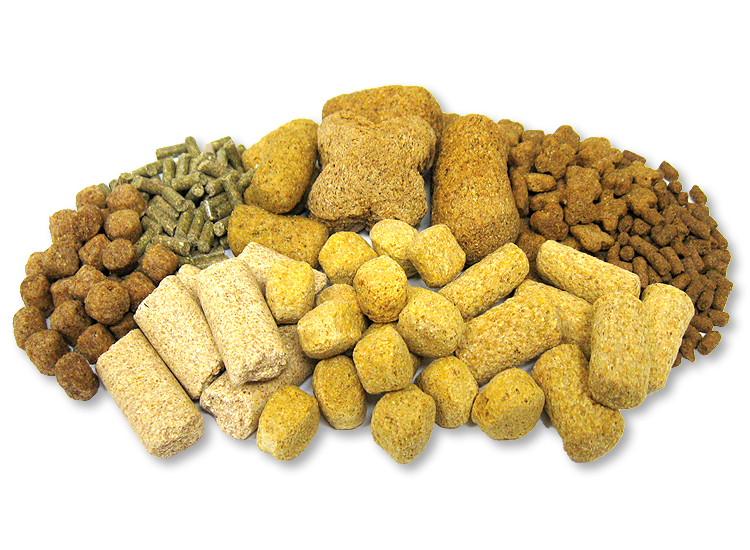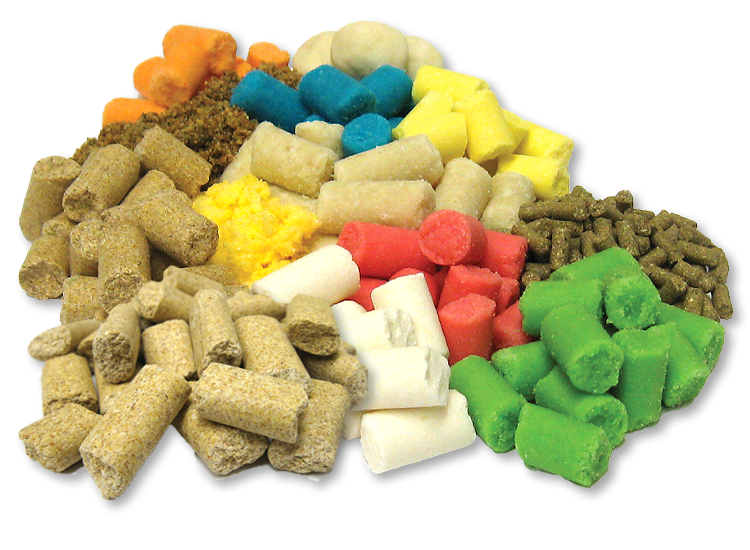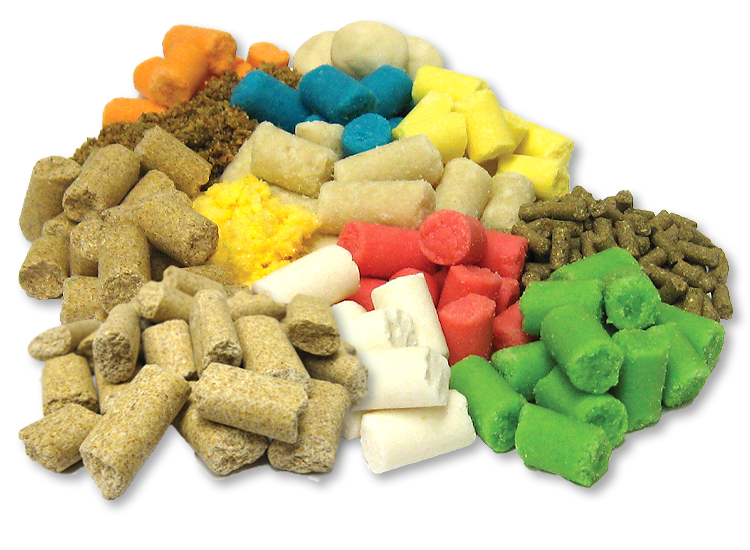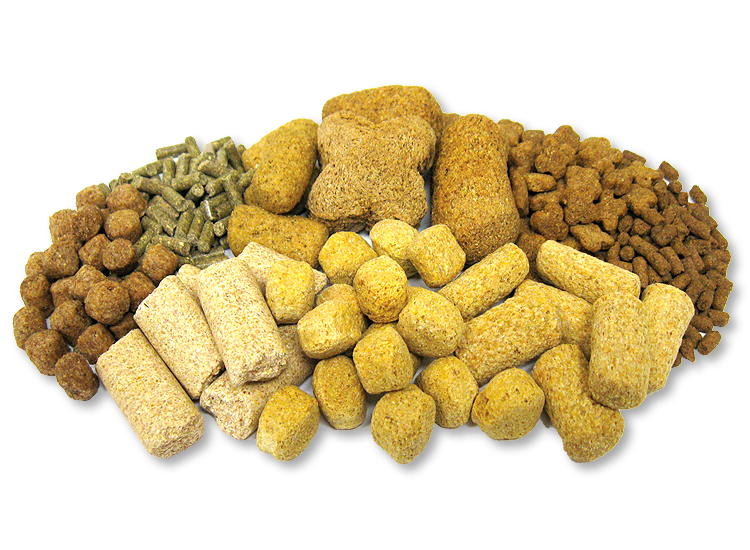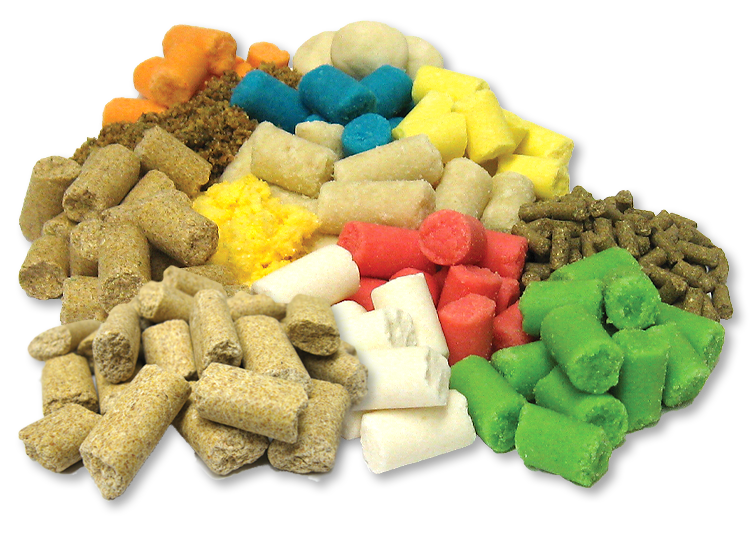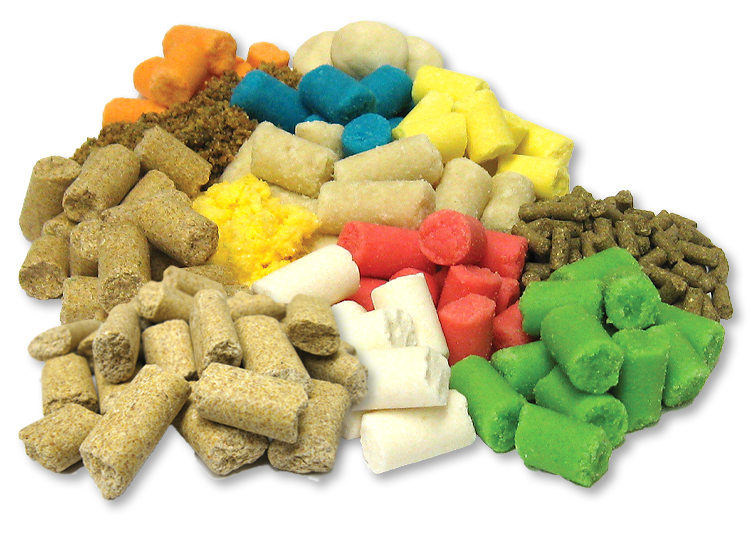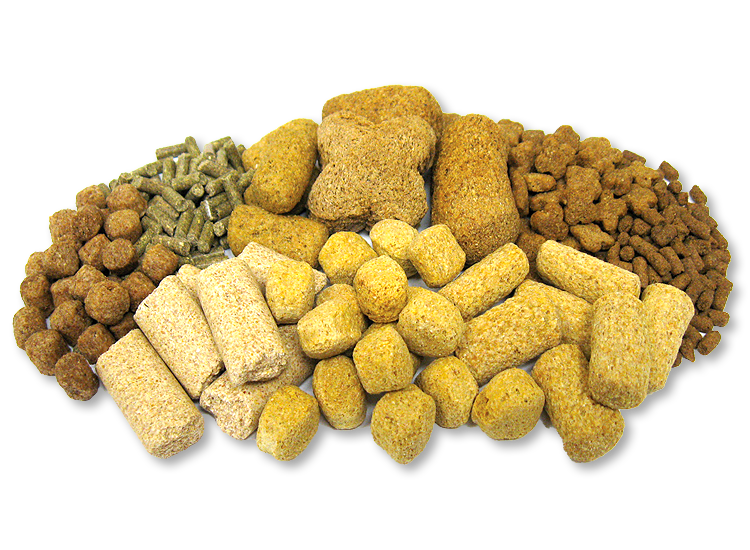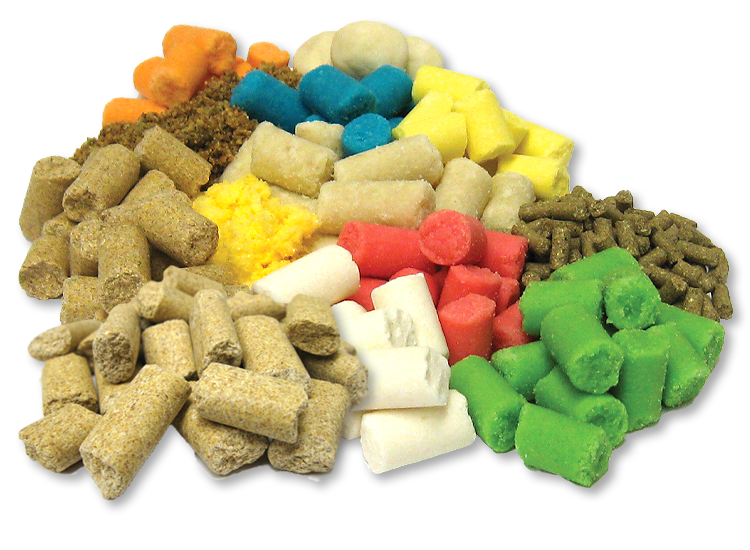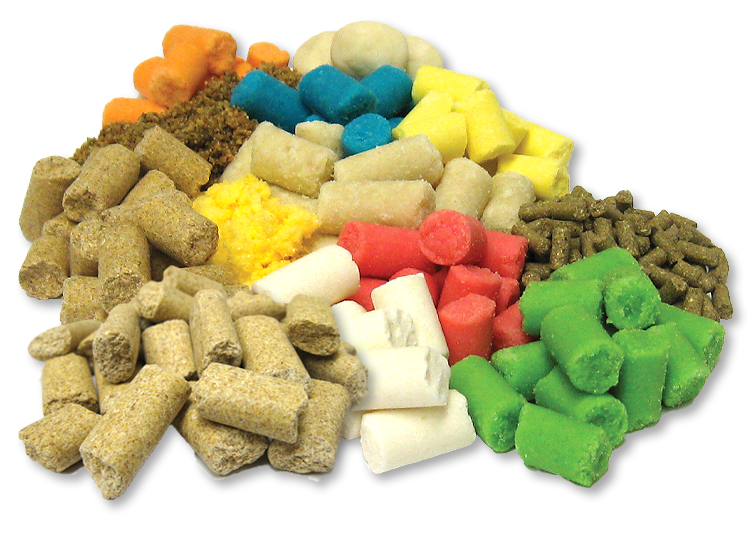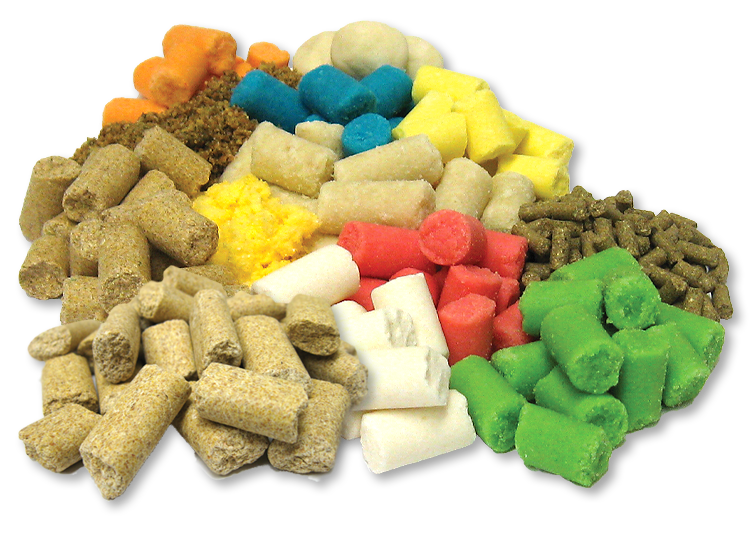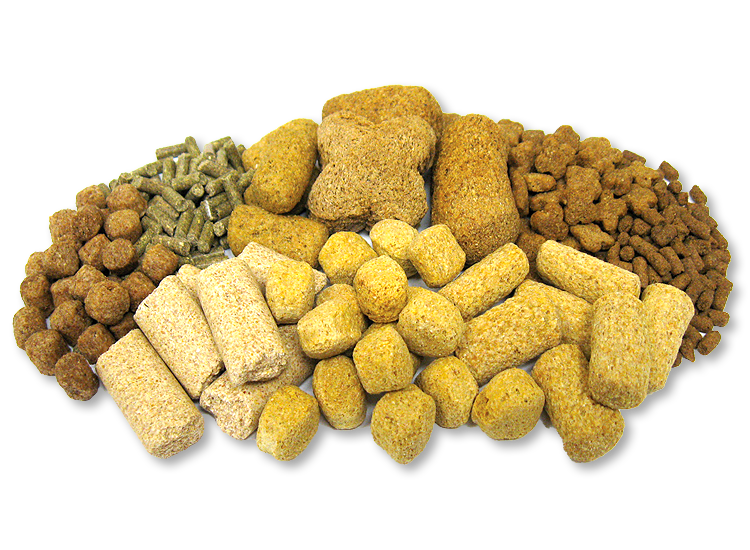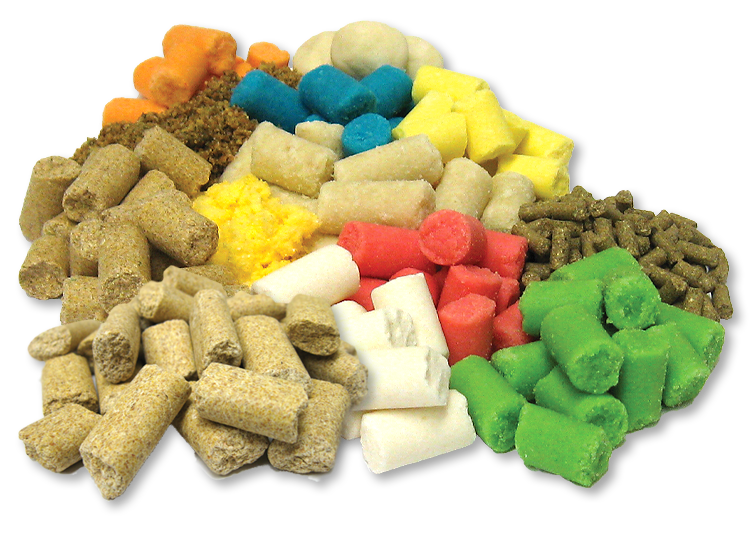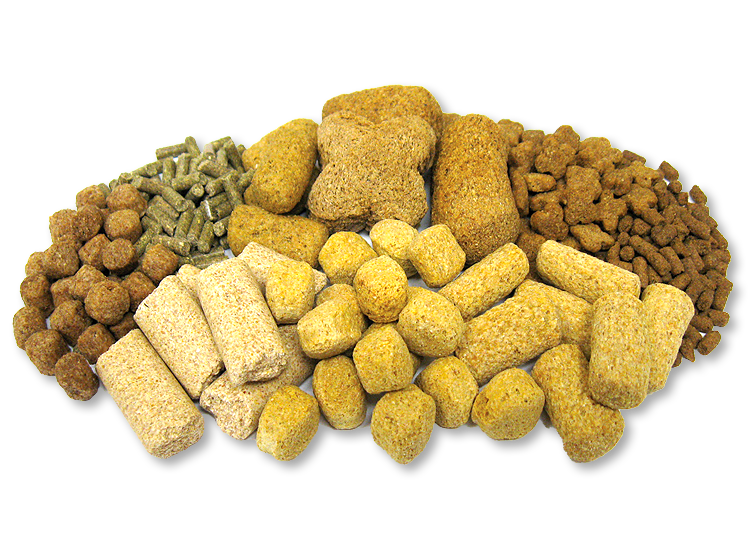Western or fast food style diets fed to induce NASH with metabolic syndrome contain 40 – 45% kcal from milkfat (a fat source high in palmitate) with added cholesterol (0.15 – 2%) and are high in sucrose (>30%). Dietary palmitate and cholesterol have both previously been associated with the progression from simple steatosis to NASH.
导致肥胖、代谢综合征和轻度 NAFLD/NASH 的饮食
用于诱发患有代谢综合征的 NASH 的西式或快餐式饮食含有 40 – 45% 来自乳脂(棕榈酸酯含量高的脂肪来源)的 kcal,并添加了胆固醇(0.15 – 2%),并且蔗糖含量高(>30%)。 膳食棕榈酸酯和胆固醇以前都与从简单脂肪变性到 NASH 的进展有关。
Examples:
- TD.88137 Adjusted Calories Diet (42% from fat)
- TD.96121 21% MF, 1.25% Chol. Diet
- TD.120528 42% Kcal/Fat Diet (Incr. Sucrose, 1.25% Chol.)
Western and Fast Food diets with milkfat and cholesterol
Research use:
These diets can induce obesity, metabolic syndrome, and simple steatosis within nine weeks of feeding. Increased hepatic inflammation has been observed after 12 weeks of feeding. NASH typically requires longer feeding with fibrosis developing within nine months and late stage fibrosis including hepatic ballooning occurring after 14 – 20 months of feeding. Increasing dietary sucrose (~41%) and cholesterol (~1.25%) accelerates the NASH phenotype with steatosis, inflammation and hepatocyte ballooning observed within 12 weeks. In addition to feeding a high fat diet, providing a glucose/fructose mixture in the drinking water may further promote NASH development.
研究用途:
这些饮食会在喂食后的九周内诱发肥胖、代谢综合征和单纯性脂肪变性。 喂养 12 周后观察到肝脏炎症增加。 NASH 通常需要更长的喂养时间,在 9 个月内出现纤维化,在 14-20 个月的喂养后出现包括肝气球样变在内的晚期纤维化。 增加膳食蔗糖 (~41%) 和胆固醇 (~1.25%) 会加速 NASH 表型,在 12 周内观察到脂肪变性、炎症和肝细胞膨胀。 除了喂食高脂肪饮食外,在饮用水中提供葡萄糖/果糖混合物可能会进一步促进 NASH 的发展。
Select References: 参考文献
Charlton, M., et al., Fast food diet mouse: novel small animal model of NASH with ballooning, progressive fibrosis, and high physiological fidelity to the human condition. Am J Physiol Gastrointest Liver Physiol, 2011. 301(5): p. G825-34. www.ncbi.nlm.nih.gov/pubmed/21836057
Gores, G., Charlton M, Krishnan A, Viker K, Sanderson S, Cazanave S, McConico A, Masuoko H. Am J Physiol Gastrointest Liver Physiol, 2015. 308: p. G159. ajpgi.physiology.org/content/308/2/G159
Li, Z.Z., et al., Hepatic lipid partitioning and liver damage in nonalcoholic fatty liver disease: role of stearoyl-CoA desaturase. J Biol Chem, 2009. 284(9): p. 5637-44. www.ncbi.nlm.nih.gov/pubmed/19119140
Ioannou, G.N., et al., Hepatic cholesterol crystals and crown-like structures distinguish NASH from simple steatosis. J Lipid Res, 2009. 54(5): p. 1326-34. www.ncbi.nlm.nih.gov/pubmed/23417738
Alkhouri, N., et al., Adipocyte apoptosis, a link between obesity, insulin resistance, and hepatic steatosis. J Biol Chem, 2010. 285(5): p. 3428-38. www.ncbi.nlm.nih.gov/pubmed/19940134
Dixon, L.J., et al., Caspase-1 as a central regulator of high fat diet-induced non-alcoholic steatohepatitis. PLoS One, 2013. 8(2): p. e56100. www.ncbi.nlm.nih.gov/pubmed/23409132
DeLeve, L.D., et al., Prevention of hepatic fibrosis in a murine model of metabolic syndrome with nonalcoholic steatohepatitis. Am J Pathol, 2008. 173(4): p. 993-1001. www.ncbi.nlm.nih.gov/pubmed/18772330
VanSaun, M.N., et al., High fat diet induced hepatic steatosis establishes a permissive microenvironment for colorectal metastases and promotes primary dysplasia in a murine model. Am J Pathol, 2009. 175(1): p. 355-64. www.ncbi.nlm.nih.gov/pubmed/19541928
Asgharpour, A., et al., A diet-induced animal model of non-alcoholic fatty liver disease and hepatocellular cancer. J Hepatol, 2016. 65(3): p. 579-88. www.ncbi.nlm.nih.gov/pubmed/27261415
Tetri, L.H., et al., Severe NAFLD with hepatic necroinflammatory changes in mice fed trans fats and a high-fructose corn syrup equivalent. Am J Physiol Gastrointest Liver Physiol, 2008. 295(5): p. G987-95. www.ncbi.nlm.nih.gov/pubmed/18772365
Tsuchida, T., et al., A simple diet-and chemical-induced murine NASH model with rapid progression of steatohepatitis, fibrosis and liver cancer. Journal of hepatology, 2018. 69(2):385-395. www.ncbi.nlm.nih.gov/pubmed/29572095


